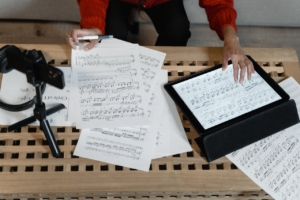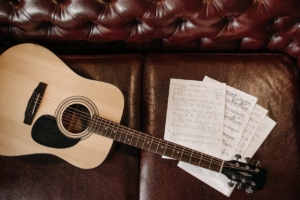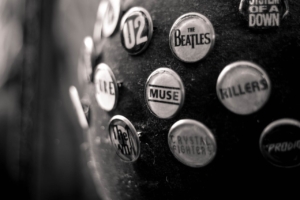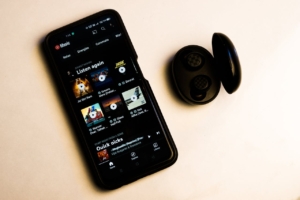Should I study Music?
There really are quite a few reasons why having an understanding of music and how it reads, can be beneficial to your musical abilities. However there are a few negative factors to consider too.
Pros
- You will be able to read music
- You can sight read scores
- You will understand the concept of tuning better
- You are able to interpret the music
- It broadens your understanding of music
- Your concept of genres is broadened
- One can slowly adapt to other different instruments as their concept of music broadens
- Reading sight music and playing an instrument simultaneously, can develop pathways in the brain that no other exercise can develop.
Cons
- The genre can be limiting i.e., classical versus jazz or rock etc.
- You may feel that you are not good enough, when being graded for exam purposes
- Formal music study requires a daily commitment to practice
- The music can be repetitive as you prepare for exams
- The need to practice may outplay the desire to be passionate about the impromptu songs you begin to play
- You may have to play songs you do not necessarily enjoy.
Overall
It is imperative to choose to study a musical genre that not only challenges you, but stimulates your passion. There is no sense attempting to study something that you either do not love or find utterly boring.
General
The best way to start is with Music Theory 101 and then progress from there. It will have a focus on the classical side of music, but you can embrace other genres like jazz by taking up classes in Music Practical 101. Genres include
- Jazz
- Classical
- Blues
- Rock
- Alternative (Not an official format of study).










